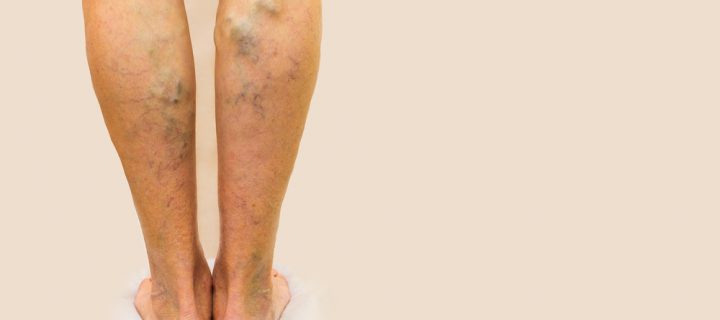Varicose veins: nobody wants them. Most of us will have to deal with them though, at some time.
What causes them?
That unsightly problem sitting just below the skin is the result of a number of factors that are hard to escape, including things like genetics, injuries, illnesses, your diet, fluctuations in hormones, sun exposure, and prolonged sitting or standing.
And it can be problematic.
“We call them ‘spider veins’ because of their web-like appearance,” notes Dr. Lance Barazani of Advanced Dermatology PC. “But really they’re ‘broken’ blood vessels: veins that are not properly returning blood to our heart.”
According to the American Society for Dermatologic Surgery, most of us will see some level of vein breakdown during our lifetimes.
Related: Are High Heels Bad For Your Health?
The good news is that you can do something to reduce your risk of developing spider veins.
Prevention is key. “Patients should be aware of the steps they can take to support healthy veins,” says Dr. Barazani.
If you stay active, watch your weight, limit your sun exposure, avoid hot baths, refrain from prolonged sitting or standing, wear comfortable and non-restrictive clothes, experts say you’re taking the right steps.
Beyond that, effective treatment options are also available.
“The type of procedure that is used depends in part on where the veins are,” elaborates Dr. Barazani. “In general, laser and light-based treatments are used for the face, where spider veins may appear as the result of conditions such as rosacea. For the legs, chemical injections – called sclerotherapy – are often used. Another more recent approach for spider veins on the legs is endovenous laser therapy (EVLT),” he adds.
Thankfully, procedures to eliminate spider veins are generally minimally-invasive. Patients can expect to be back to a normal routine within 24 hours. For more information, talk to your doctor about your options and take charge of your skin as well as your health.
Photo credits: Solarisys/Shutterstock.com












